Plus, Tesla insiders reveal more on the Supercharging team layoff and Cruise will pay at least $8 million to a pedestrian it injured.
May 15, 2024 at 10:51am ET
There have been some rather interesting decisions coming out of Tesla lately. From layoffs to the company’s direction—the public, owners, and investors are feeling a bit confused. Now, the company is not just advocating for shareholders to vote for its CEO’s pay package but has hired someone to help convince them.
Welcome back to Critical Materials, your daily roundup for EV and automotive tech. Today, we’re talking about Tesla’s big spend on Musk’s court-denied compensation package, Tesla’s potential future charging woes, and Cruise’s huge settlement. Let’s jump in.
30%: Tesla Spending Big Bucks On Rallying Investors For Musk’s Pay Package
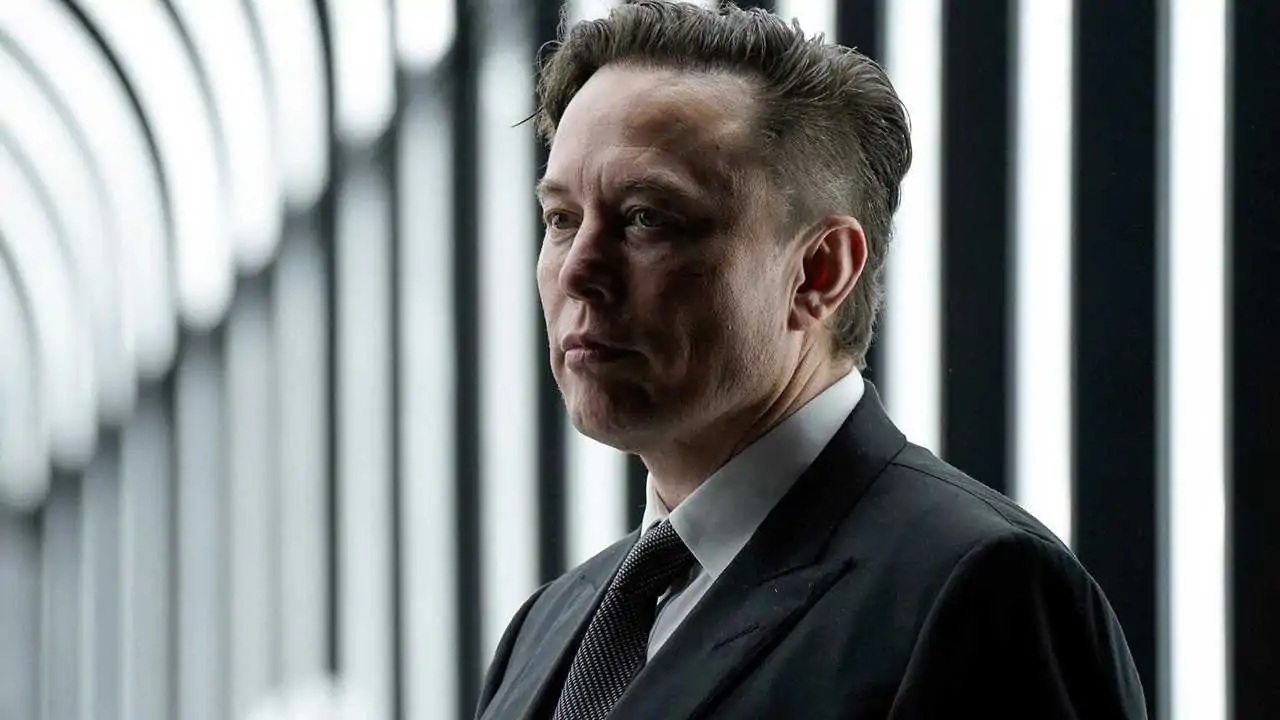
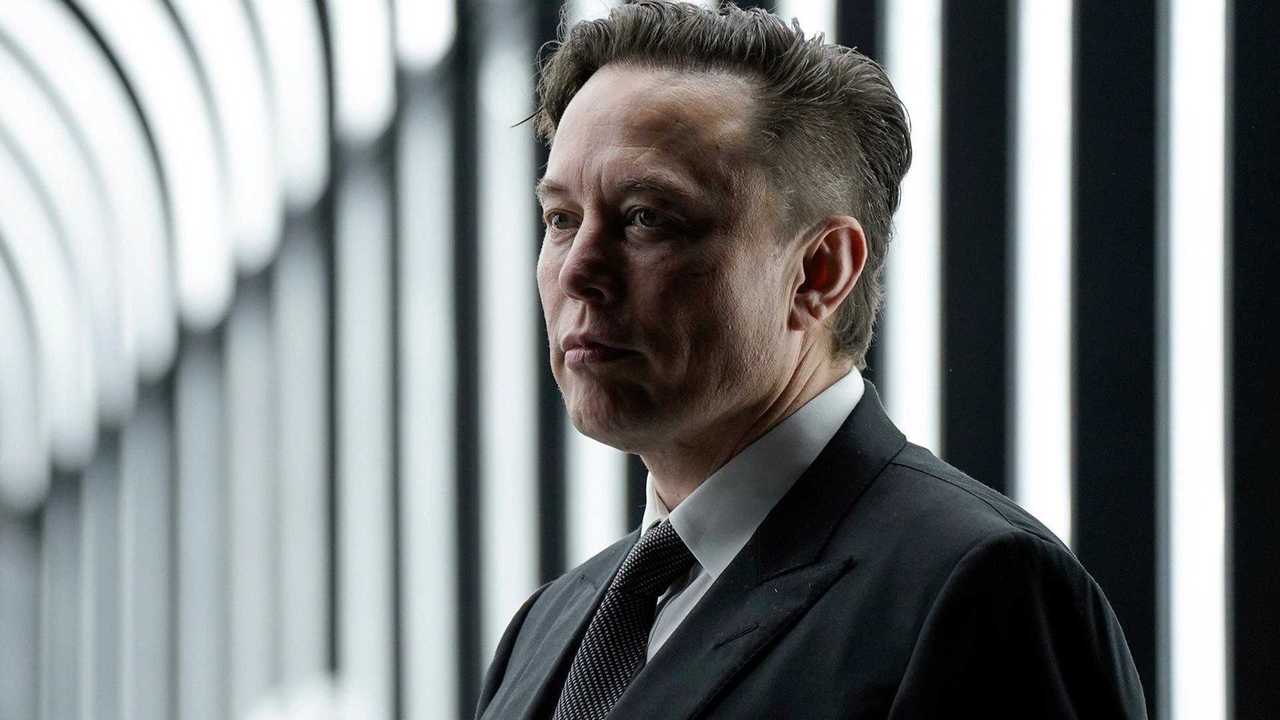
Tesla is spending big bucks to convince retail shareholders to ratify CEO Elon Musk’s court-rejected $56 billion compensation package.
Top Videos:
The electric automaker’s board has reportedly hired a “strategic adviser” to help convince shareholders to vote in favor of Musk’s pay package. Earlier this year, a Delaware court rejected the same package, citing a breach of fiduciary duties by Tesla’s board of directors. Now, Tesla is turning to a Delaware corporate law loophole to bypass the court’s decision.
Here’s what Bloomberg has to say:
To help lead that drive, the company’s board has hired a strategic adviser, according to a person familiar with the matter. To bolster the campaign, the adviser is working with an outside law firm, the person said.
The adviser has set up a dedicated Vote Tesla website to encourage participation among retail investors, who hold an estimated 42% of shares in the company. It urges shareholders to cast votes online, by QR code, by phone and by mail. It also features a video with board Chair Robyn Denholm, who says supporting Musk’s pay is critical to Tesla’s growth.
A U.S. Securities and Exchange Commission filing revealed that Tesla also buys ads on sites like Musk-owned X (formerly Twitter) to promote the CEO’s pay package.
Musk purchased Twitter in 2022 after selling off nearly $40 billion in Tesla stock in the months before the $44 billion acquisition of the social media company. The CEO now demands that he control at least 25% of Tesla’s shares—in part, acquired by the compensation package the company is fighting for—or he may develop products outside of Tesla.
Meanwhile, social media seems to have shifted regarding whether Musk should be granted the compensation plan after recent controversial managerial decisions have sent top executives—and, in some cases, entire teams—packing.
Reddit’s /r/TeslaMotors has drastically changed over the last few months. Not only has the subreddit begun to ban users that post to other subreddits critical of the brand or its CEO, but its mods have come under fire from readers for promoting and pinning comments that promote Musk’s pay package. The sub (historically pro-Musk) is now filled with many users indicating their vote against Musk’s pay package, given the news that Tesla is now buying ads to promote it.
Whether or not Tesla’s retail investors vote to ratify the CEO’s once-rejected pay package, the outcome will leave a sour taste in the opposition’s mouths. And if rejected, could Musk’s future with Tesla’s leadership change?
60%: Completely Jeopardized: Tesla Insiders Warn Of Charging Woes Following Supercharging Team’s Dismissal
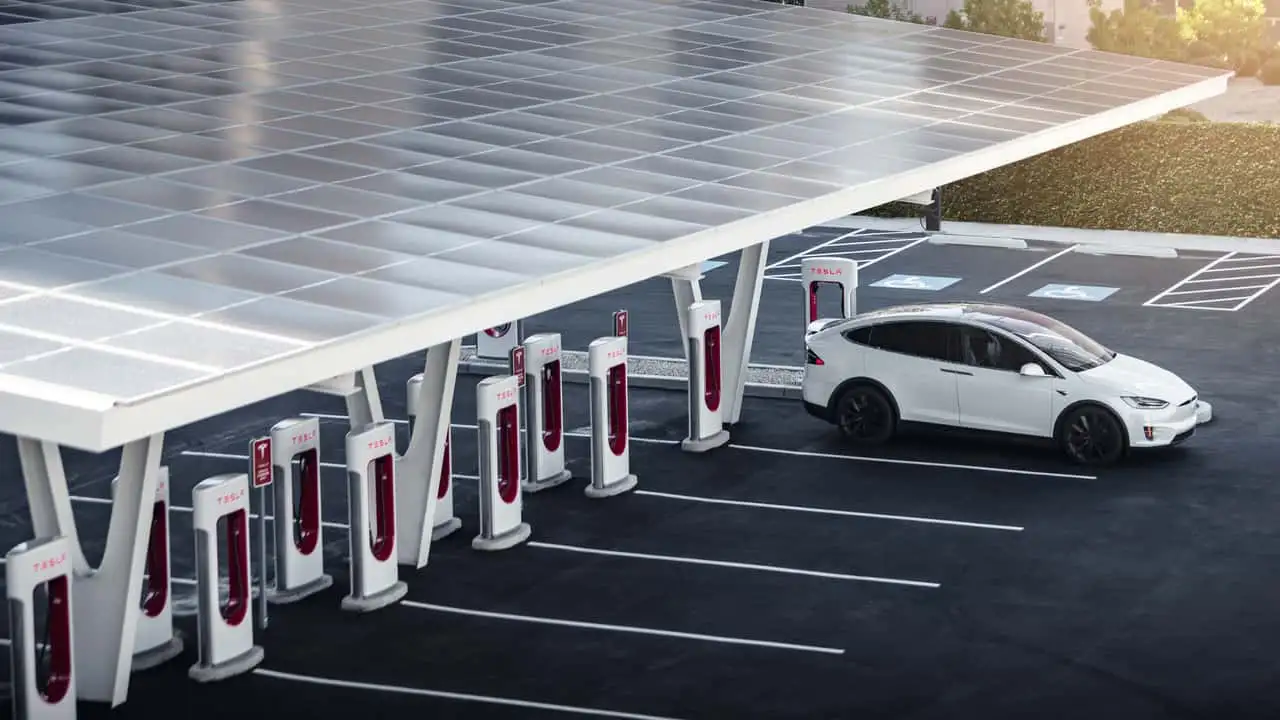
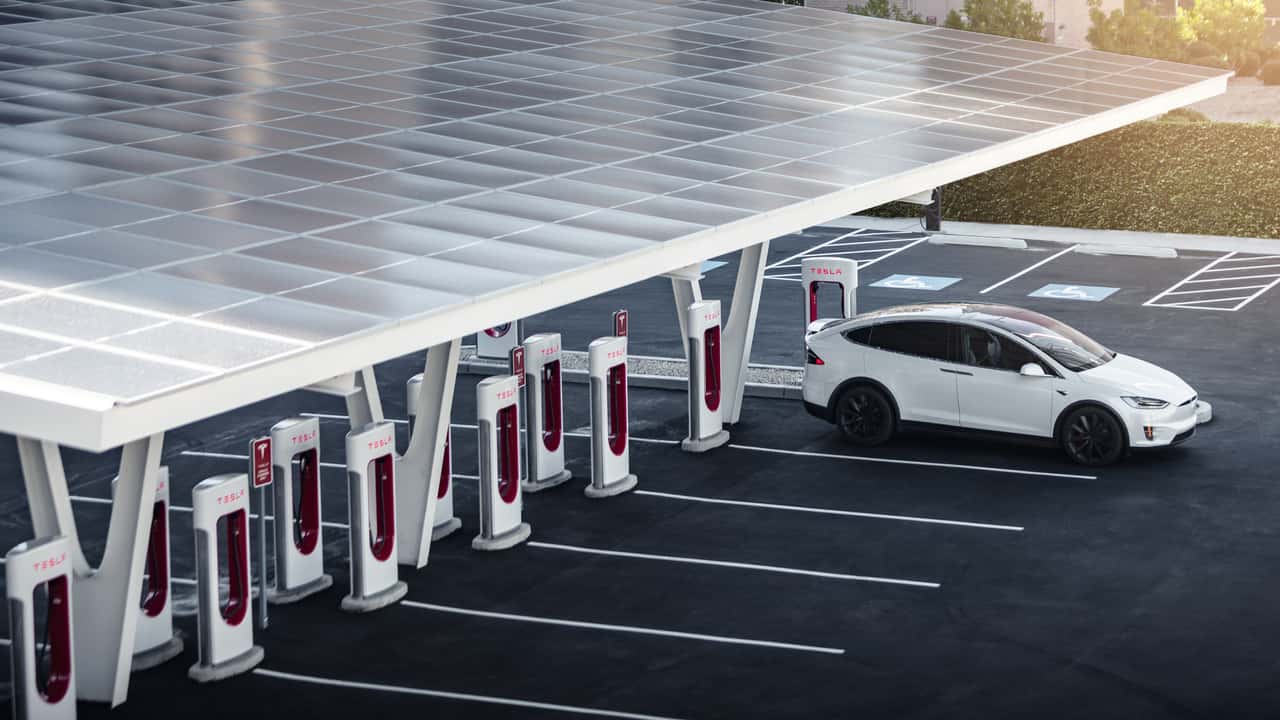
Tesla’s controversial decision to lay off its Supercharging team was not met with the greatest reception. After axing all 500 people, the automaker has reportedly since double-backed and re-hired some of the team that it let go, albeit with a different direct report. But that won’t fix the problems it has already created, according to some Tesla insiders.
In a new report by Reuters, Tesla employees recount the events that led up to the dismissal of Supercharging boss Rebecca Tinucci and her entire team. According to the report, Musk was unhappy when Tinucci only cut “between 15% and 20%” of her staff, citing the potential to undermine the fundamentals of Tesla’s charging business. The result was the termination of Tinucci and her entire team.
The workload was then shifted to Tesla’s energy team, which sells energy production products like Tesla Solar Roof and storage products like Powerwall. However, the employees of this team “don’t know a thing,” according to one construction contractor who has been working with these Tesla staffers to complete existing projects. And to make matters worse, the skeleton crew of workers was already struggling to keep up with their work before the new assignments and job cuts.
From Reuters:
The energy team was already struggling to keep pace with its current workload, said two of the former charging-network staffers. Yet when the layoffs came down on April 30, Musk posted that the company “still plans to grow the Supercharger network, just at a slower pace.” On Friday, Musk posted that “Tesla will spend well over $500M expanding our Supercharger network to create thousands of NEW chargers this year.”
Two former Supercharger staffers called the $500 million expansion budget a significant reduction from what the team had planned for 2024 – but nonetheless a challenge requiring hundreds of employees. In an analysis provided to Reuters, San Francisco research firm EVAdoption estimated a $500 million investment this year would translate to Tesla building 77% fewer charging ports per month in the United States compared with the automaker’s pace through April.
Three former employees called the layoffs a “major setback” to the U.S. charging expansion, not only because Tesla holds the highest percentage of DC fast chargers in the nation but because it also severed the chain of trust with the suppliers and contractors that build out the sites.
Another former employee said that the rollout of NACS for other OEMs—which only recently began—is now “completely jeopardized” due to the CEO’s abrupt decision. Per a filing with the SEC made just a week before the entire team was cut, Tesla noted that it must continue to increase and staff the charging infrastructure portion of its business:
As we expand our manufacturing operations globally, we will also have to continue to increase and staff our delivery, servicing and charging infrastructure accordingly, maintain our vehicle reliability and optimize our Supercharger locations to ensure cost effectiveness and customer satisfaction. In particular, as other automotive manufacturers have announced their adoption of the North American Charging Standard (“NACS”) and agreements with us to utilize our Superchargers, we must correspondingly expand our network in order to ensure adequate availability to meet customer demands. We also remain focused on continued enhancements of the capability and efficiency of our servicing operations.
Tesla was crowned the “biggest winner” of the $5 billion government funding pledge to expand the U.S. charging infrastructure. These grants could help position Tesla as a top earner in the charging industry with an estimated $3 billion in additional annual revenue by 2030 thanks to industry adoption of NACS. But now, investors, consumers, and ex-employees are looking to Tesla as if it may have sabotaged its own lucrative charging business.
90% Cruise Will Pay At Least $8 Million To The Pedestrian It Struck In Settlement
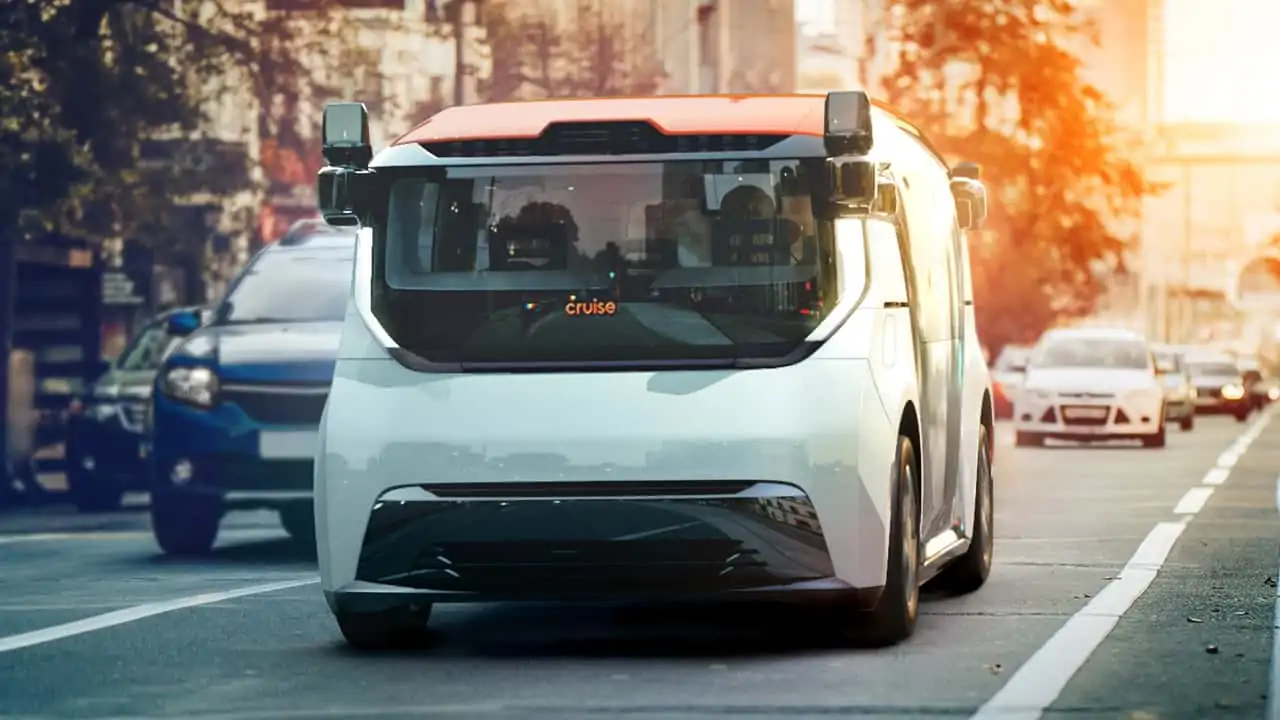
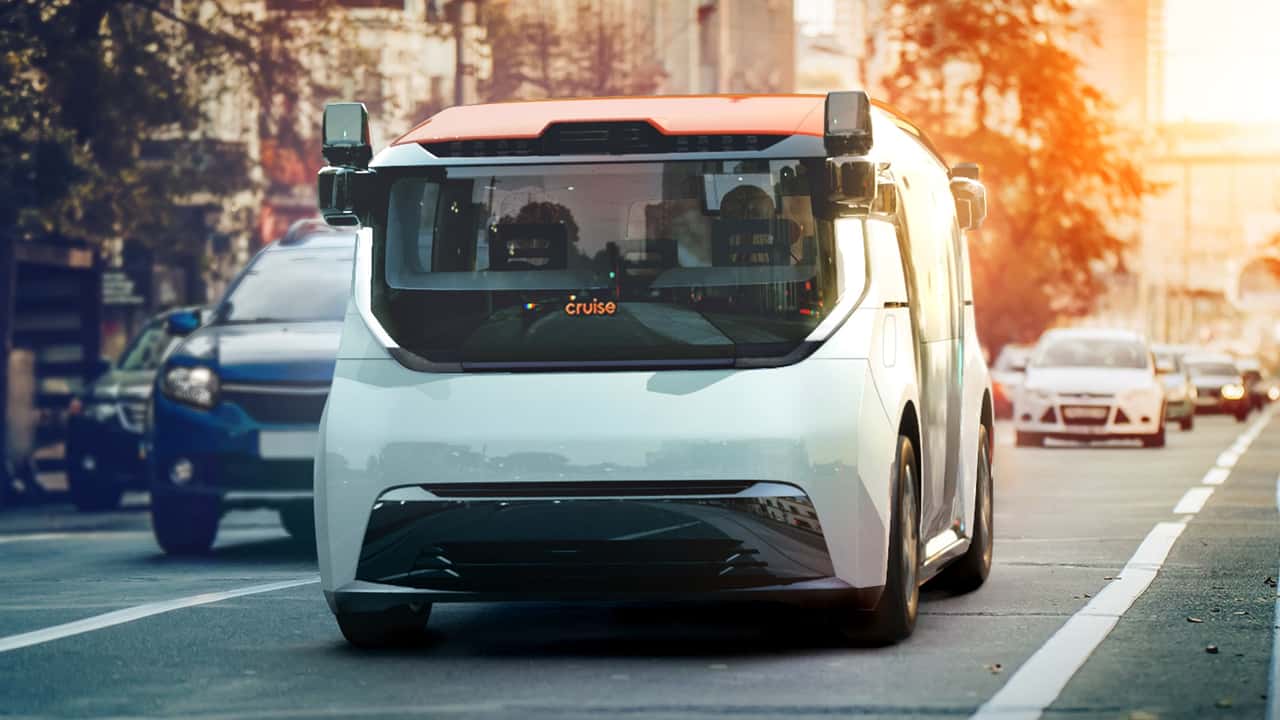
General Motors’ self-driving arm, Cruise, will pay at least $8 million to a pedestrian injured during an incident with one of its vehicles last year.
According to Bloomberg (which cited a person familiar with the matter), the settlement between parties was reached earlier this week. The firm’s actual payout isn’t clear but is quoted between $8 million and $12 million.
In October 2023, a pedestrian was struck by a human-driven vehicle and thrown into the path of a Cruise-branded autonomous Chevy Bolt named Panini. Panini failed to detect the person trapped underneath and then dragged them at speeds of up to 7.7 mph for 20 feet, leaving behind “patches” of skin and “a trail of blood” on the road.
While not the be-all and end-all, a settlement is one step needed for Cruise to help bandage not only its reputation but that of the entire autonomous vehicle industry following a string of high-profile incidents over the past year.
Cruise-branded cars caused traffic jams, faced connectivity issues, and failed to detect children properly. A company whistleblower even warned regulators that the service wasn’t ready to operate on public roads. Yet, the company continued to operate for months after the report until it struck the pedestrian, and its permit was revoked.
Cruise began operating in the Phoenix area again last month following a six-month pause in its nationwide operations. However, this time, the robotaxi tech isn’t yet enabled, and no riders will be permitted. This means the driverless taxis will have drivers behind the wheel and won’t actually be offering rides.
The cars will instead work to bolster the service’s imminent re-launch by collecting data like speed limits, stop signs, traffic, lights, and traffic issues. It’s not clear when the company will resume driverless or for-pay operations.
100%: Who Would You See At The Helm Of Tesla?
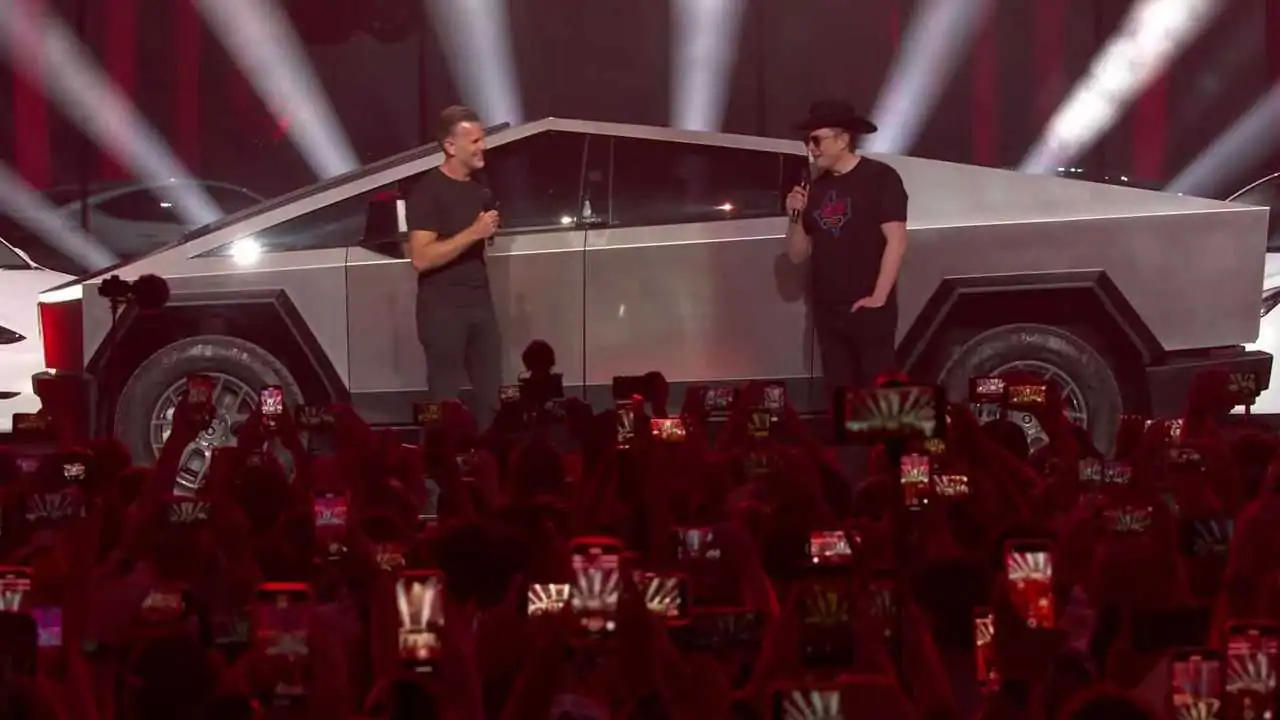
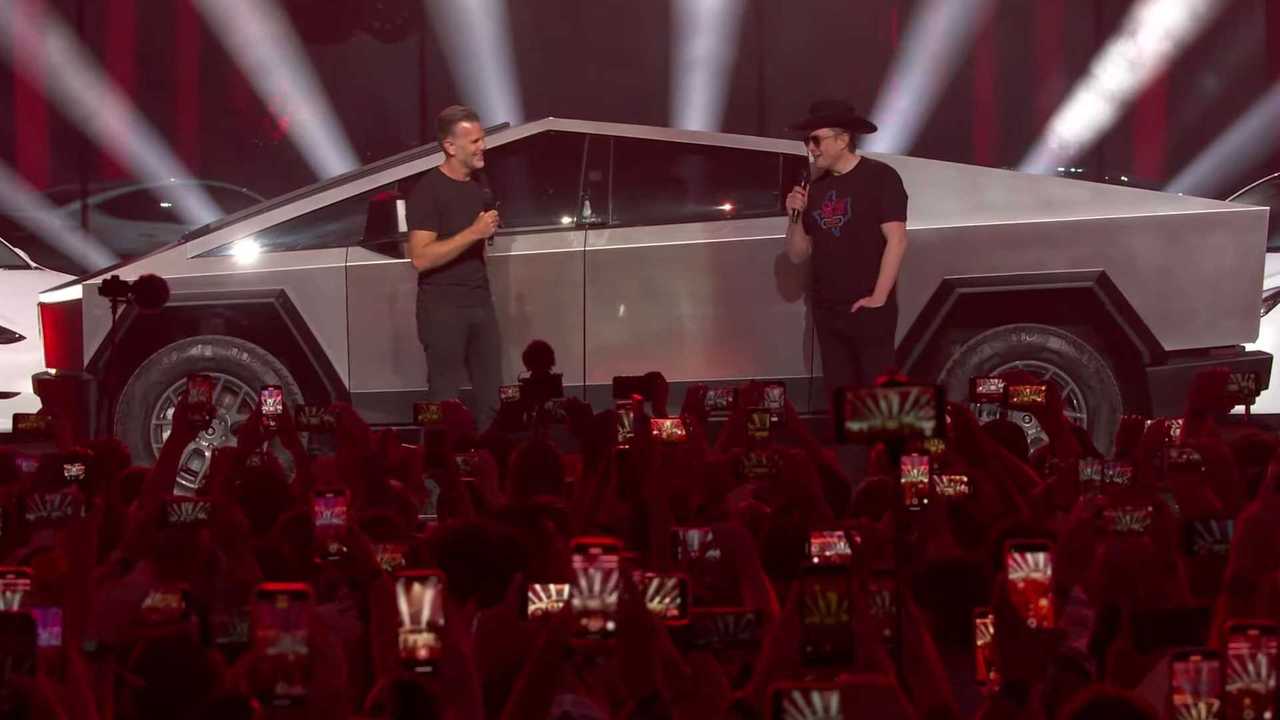
It’s hard to picture anyone else at the forefront of Tesla. Elon Musk has branded himself as the head honcho for so long, but with the uncertainty of his pay package and the CEO’s vision of the company not aligning with what consumers expect, could his future be with one of his many other companies instead?
If that ends up being the case in the near future, who could you see running the company in Musk’s absence, and what might you want to see change? Let me know in the comments.
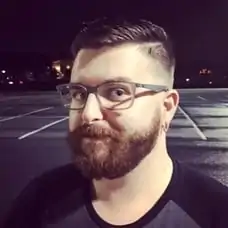
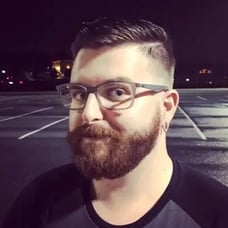
Read more
About this article
